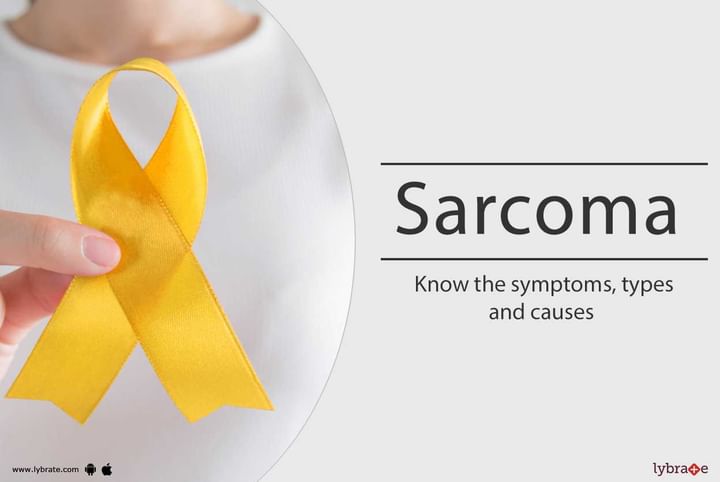Sarcoma: Know the symptoms, types and causes
Sarcomas are a rare form of cancer that develop in the connective tissues – the ones supporting, surrounding, or connecting the other tissues in the body. The most common sites of occurrence of tumours are the muscles, tendons, bones, cartilages, nerves, and blood vessels.
Types of sarcoma
There are over 50 types of sarcomas, grouped into two primary types – soft tissue sarcoma and osteosarcoma. The most common ones are –
-
Undifferentiated Pleomorphic Sarcoma – Tumour usually found in the legs or arms, and sometimes at the back of your abdomen
-
Gastrointestinal Stromal Tumour – This particular type affects neuromuscular cells of your gut
-
Liposarcoma – Sarcoma of the fat tissues
-
Leiomyosarcoma – Cancer affects the smooth muscle tissues
-
Synovial Sarcoma – Typically found around the joints of legs or arms
-
Neurofibrosarcoma – This type of sarcoma is also known as Malignant Peripheral Nerve Sheath Tumour. It affects the nerves’ protective lining.
-
Rhabdomyosarcoma – This form of cancer is commonly seen in children. It originates in the muscle tissues.
-
Angiosarcoma – These grow in the cells of your lymph or blood vessels
-
Fibrosarcoma – Sarcoma resulting from fibroblasts forms on the trunk or in the limbs
-
Kaposi’s Sarcoma – Sarcoma caused by a virus that affects your skin
What are the causes?
The causes of sarcoma are not known yet. However, there are certain factors that might increase one’s chances of developing sarcoma. These include –
-
Genetic conditions, such as Retinoblastoma, Gardner syndrome, Li-Fraumeni syndrome, and neurofibromatosis
-
Family history of sarcomas
-
A bone disorder named Paget’s disease
-
High dose of radiation during a previous cancer therapy
-
Exposure to certain chemicals
-
Certain types of virus, like Human herpesvirus 8
Signs and Symptoms of Sarcoma
Symptoms of soft tissue sarcoma are hard to spot – they can develop anywhere in the body. The very first sign is usually a painless lump. With time, the lump might press against muscles or nerves, and may grow bigger – making you feel uncomfortable.
The signs of osteosarcoma are more observable. You might notice the following symptoms if you have sarcoma developing in the bones –
-
Pain on and off in the affected bone
-
Pain that worsens at night
-
Swelling and inflammation in the affected area, usually noticeable weeks after the pain
-
Inability to move the limbs
Specific symptoms reflect a certain type of cancer. For example – a tumour developing in the gastrointestinal system may lead to signs like tarry, black stool or blood in the stool.
Often these symptoms may go unnoticed. Therefore, consult a doctor and get yourself diagnosed.


+1.svg)
